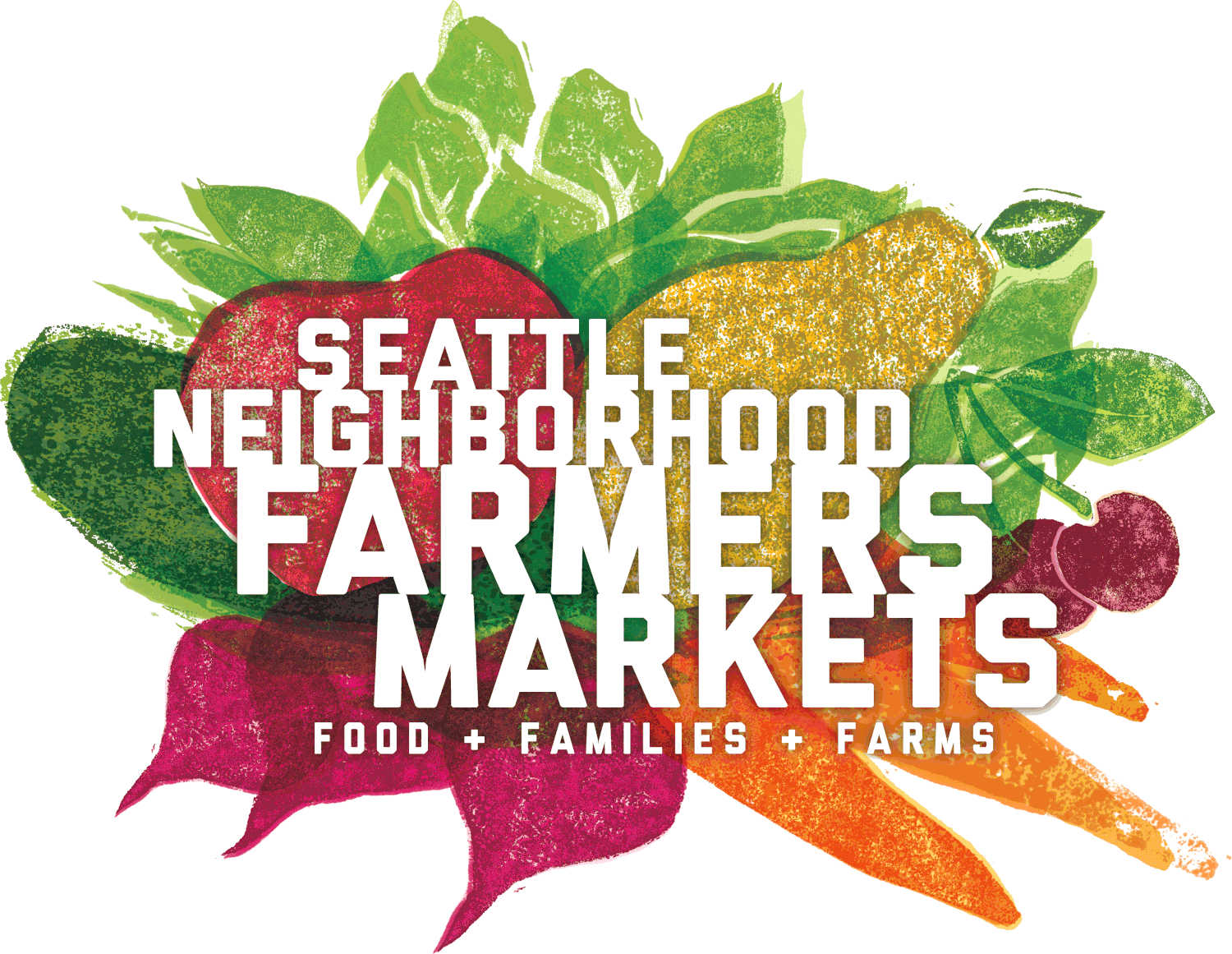Featured Ingredient: Morel Mushrooms
Wild foraged morel mushrooms are a true PNW delicacy.
Photo from Seattle Magazine’s “Pacific Northwest Morels Are Worth the Hunt”
Morel mushrooms are a popular spring and early summer delicacy and can be foraged throughout most of the northern hemisphere. Prized for their nutty, earthy flavor, morels are versatile in the kitchen though slightly more complicated to find, as it is nearly impossible to cultivate them. Any morel mushrooms you source from the farmers market or enjoy at a restaurant were most likely wild foraged.
Morel mushrooms are classified as "sponge" mushrooms, a delineation that includes both morels and false morels. While most species of sponge mushrooms are edible, a few contain various levels of toxicity, (like the insidious false morel), so we are happy to leave foraging to the professionals.
You may balk at the price tag of these specialty mushrooms, but before you walk away consider the labor that goes into harvesting them. Morels are wild foraged, which means local experts scour the forest in search of them, a much more time intensive process than if they were cultivated.
It is difficult to replicate ideal conditions for morels on a farm, though experimentation in cultivating morels has taken place around the world for more than 100 years. Cultivated morel mushrooms are lower quality, and less flavorful, an issue that scientists have been trying to combat with the application of exogenous nutrition, essentially, a manufactured version of what keeps morels healthy in woodland soils. For a truly special experience, it is worth treating yourself to wild foraged morels, gathered by hand from your local forest.

